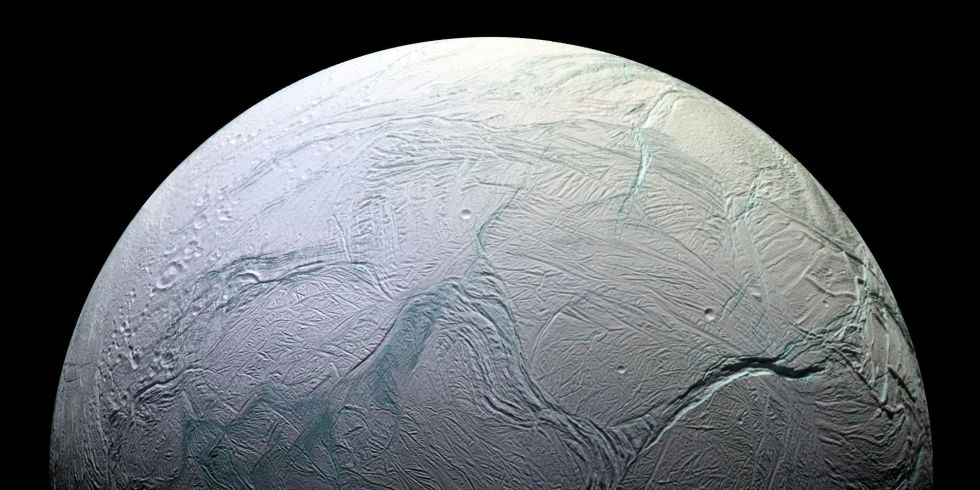NASA on Thursday revealed that conditions on Enceladus, the sixth-largest moon orbiting Saturn, may be ideal to support life. In the fall of 2015, NASA spacecraft Cassini flew through a plume of vapor escaping from a crack in the moon's icy surface. As it passed through, the craft detected hydrogen, carbon dioxide and methane which were in "thermodynamic disequilibrium."
Long story short, scientists believe the chemical imbalance is caused by hot water seeping out from the moon's seafloor (there are liquid oceans beneath the icy surface). In laymen's terms, Enceladus could have hydrothermal vents that are similar to those found on Earth.
Sunlight doesn't reach all hydrothermal vents here on our planet yet despite the lack of light, it's not uncommon to find a thriving community of life near such vents. Could it be possible that similar ecosystems exist on the seafloor of Enceladus?
Unfortunately, the Cassini spacecraft is nearing the end of its lifespan (it is running low on fuel) and will dive-bomb into Saturn in September to dispose of it. As such, a new spacecraft will be needed to continue our search for life on the icy moon. That's fine, really, as Cassini was never intended to study the geysers and thus, doesn't have the necessary instruments to tell us much more.
Researchers published their findings in the journal Science for those interested in digging deeper.
